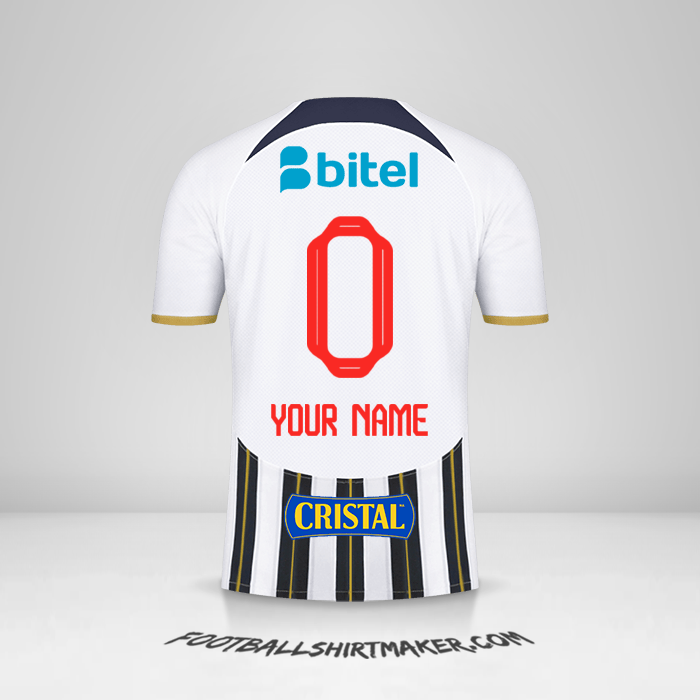Create Club Alianza Lima 2024 shirt with your name and number
Create a personalised Club Alianza Lima 2024 shirt with your name and number as a free custom image. Use it as an avatar, wallpaper, profile picture, story, to print or share wherever you want to show your passion for your football team.
Team: Club Alianza Lima / Season: 2024 / Brand: Nike
Create Custom Football Shirts on FootballShirtMaker.com!
At footballshirtmaker.com, you can choose the shirt of your favorite football team and create a personalised image with your name and number. Use these images wherever you want: as an avatar in your profile pictures, in your social media stories, or as wallpapers for your mobile.
